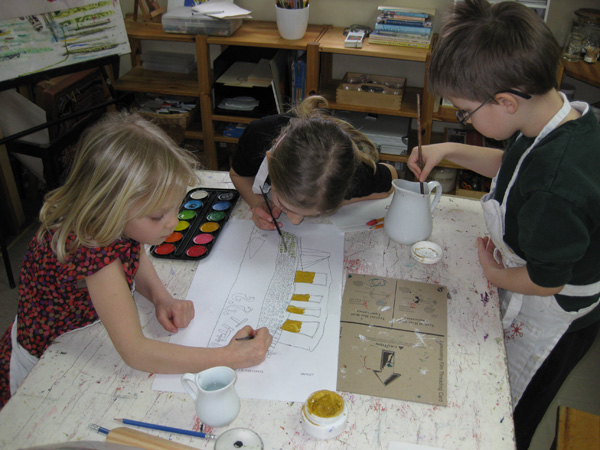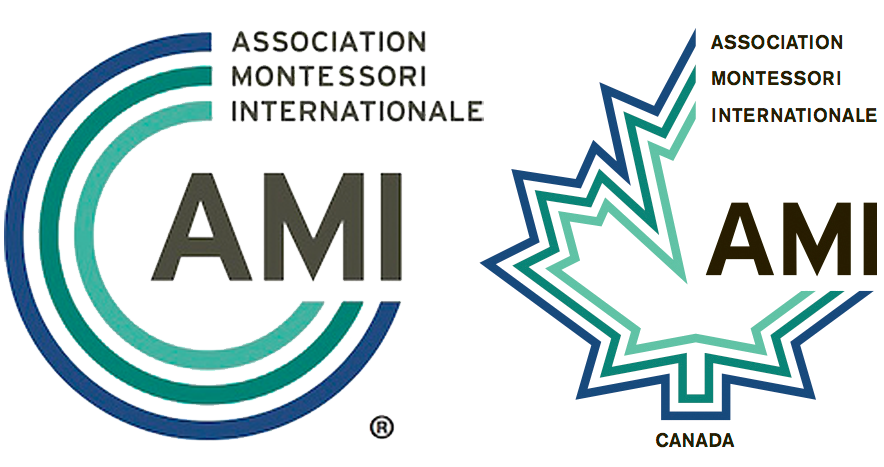AMI School Policies & Practices
Starting a New Class or School
The Casa and Elementary programs are three year programs consisting of mixed age groups that span at least three years (3-6 years; 6-9 years and 9-12 years and, occasionally, 6-12 years). When starting a new Casa class or Elementary class, a school will not begin with the full three year age range in its first year. In the first year, the school will enroll a full complement of children in the first year of the age range (i.e. one third of the projected total group size). It is customary to take a few extra children at this age range to account for attrition due to unexpected departures amongst this group. The children who begin at age 2½ - 3 years will stay at least three years in the program.
The goal is to aim for a balance in the age ranges of one third in each age group. For example, in a Casa class of 30 children a well-balanced class will have ten 3-year olds, ten 4-year olds and ten 5-year olds. It is common for these numbers to be close but not exactly equal, due to mobility of families and unexpected attrition in the program.

It is considered best practice to only accept new children into the Casa class up to the age of 4 years. In the first year of a new class, it may be desirable to accept some 4 year olds in addition to the 3 year olds In the next year, the class will accept a full complement of new 3 year olds and gradually build to a full three-year age range. It is a three year process to build a full class and this process relies on children remaining for the full three-year program while adding the full complement (one third of the total number) of 3 year olds each year.
The curriculum is an integrated program that builds gradually from the early activities of the 3 year olds, to the more extended and refined activities of the 4 year old and finally, to the more abstract, complex and lengthy activities of the 5 year olds. Children entering after the age of 4 years have usually not developed the prerequisite abilities, work habits, concentration and independence to progress with activities that require the consolidation of all that has come before.
The same is true at the Elementary level. In exceptional circumstances a school or class might accept an older child. This would also represent very few children out of the total number of children in the class.
The Schedule - Children's House
All children will be present during the morning, five mornings per week. There may be an early entry into the classroom environment for children arriving early. All children are expected to have arrived at the start of the designated three hour work cycle. For example, if the morning work cycle is 9:00 a.m. – 12:00 p.m. and there is early arrival between 8:00 a.m. and 9:00 a.m., all children are expected to arrive no later than 9:00 a.m. It is disruptive to the group when children arrive in a staggered fashion during the work cycle. Children enjoy connecting socially with the adults and other children during arrival and then, they settle to concentrated activity. Late arrivals interrupt the calm concentrated activity of the children once they are settled to work. Half Day/Extended Day: All children participate in the full morning in the Montessori Casa environment. When 3 year olds stay all day at a Montessori school, they are offered a nap or rest time after the lunch and outdoor play time. The 4 and 5 year olds return to the classroom for the full or Extended Day in the Montessori environment and continue their activities throughout the afternoon. As a child is ready to sustain a full day of concentrated, independent activity he will join this group of older children. Children remain in the same environment with the same social group and the same adults for the full cycle (e.g. 3 years).

